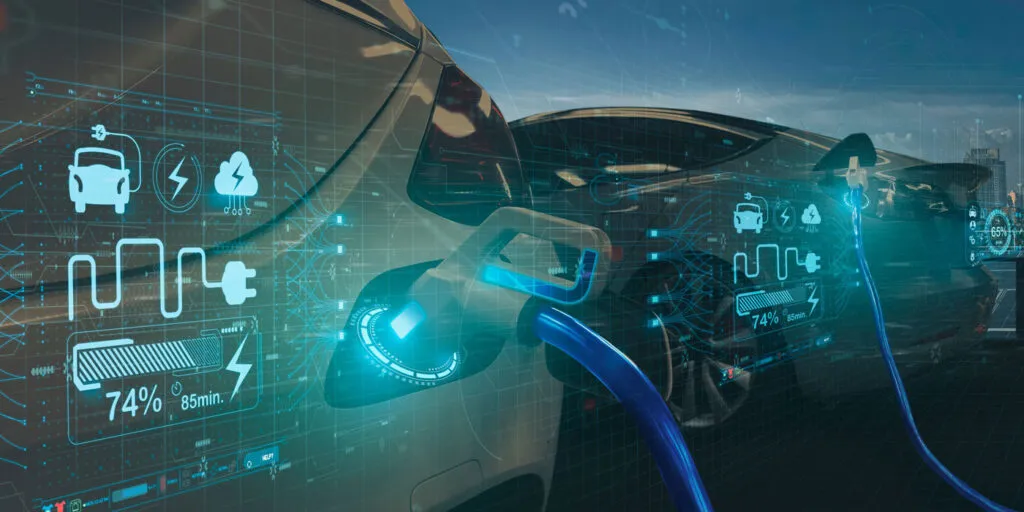The Future of Electric Vehicles: Trends, Innovations, and Market Growth
Electric vehicles (EVs) are transforming the global transportation landscape, offering a sustainable alternative to traditional internal combustion engine (ICE) vehicles. With technological advancements, government incentives, and increasing environmental concerns, the EV market is experiencing exponential growth. This article explores the future of electric vehicles, covering key trends, innovations, and market growth predictions.
The Current State of the EV Market
Global Adoption of Electric Vehicles
- Growth in EV sales
- Leading EV markets: China, Europe, and the U.S.
- Government policies and incentives driving adoption
- Challenges hindering EV penetration
Market Share and Forecast
| Year | Global EV Market Share (%) |
|---|---|
| 2020 | 4.2% |
| 2021 | 6.6% |
| 2022 | 10.1% |
| 2023 | 14.7% |
| 2025 | Estimated 25% |
| 2030 | Estimated 50% |
Major Players in the EV Industry
- Tesla, BYD, Rivian, Lucid Motors
- Traditional automakers: Ford, General Motors, Volkswagen
- New entrants and startups in the EV market
Emerging Trends in Electric Vehicles
Battery Technology Advancements
- Solid-state batteries
- Higher energy density lithium-ion batteries
- Faster charging technologies
- Recycling and second-life applications
Charging Infrastructure Development
- Expansion of public charging networks
- Wireless and ultra-fast charging solutions
- Smart grid integration
- Vehicle-to-grid (V2G) technology
Autonomous and Connected EVs
- Integration of AI in autonomous EVs
- Connectivity and smart driving features
- Impact on transportation and mobility
Sustainable Manufacturing and Recycling
- Use of eco-friendly materials
- Carbon-neutral production processes
- Battery recycling and reuse strategies
Innovations Driving the EV Industry Forward
Cutting-Edge Battery Innovations
| Technology | Benefits |
| Solid-State Batteries | Higher energy density, faster charging |
| Lithium-Sulfur Batteries | Longer lifespan, eco-friendly |
| Graphene-Based Batteries | Ultra-fast charging, lightweight |
Next-Gen Charging Technologies
- Wireless EV charging
- Ultra-fast charging stations
- Solar-powered EV charging stations
Smart Mobility and AI Integration
- AI-based driver assistance systems
- Predictive maintenance
- Smart fleet management
Hydrogen Fuel Cells vs. Battery Electric Vehicles
- Comparison of fuel cell and battery technologies
- Use cases for hydrogen-powered EVs
- Infrastructure challenges
Market Growth and Future Projections
EV Sales Forecast and Market Trends
- Projected EV market size by 2030
- Expansion of EV models across all segments
- Affordability and pricing trends
Global EV Policies and Regulations
- Zero-emission vehicle (ZEV) mandates
- Carbon credit incentives
- Impact of government regulations on EV adoption
The Role of Renewable Energy in EV Growth
- Solar and wind-powered charging stations
- Integration with smart grids
- Reducing dependence on fossil fuels
Challenges and Roadblocks in EV Adoption
Battery Supply Chain and Raw Materials
- Lithium, cobalt, and nickel shortages
- Ethical mining concerns
- Recycling and circular economy solutions
Infrastructure and Range Anxiety
- Insufficient charging stations
- Range improvements and extended battery life
- Solutions to improve EV infrastructure
Consumer Adoption and Affordability
- High upfront costs vs. long-term savings
- Government incentives and subsidies
- Expansion of affordable EV options
Conclusion
The future of electric vehicles is promising, driven by rapid advancements in battery technology, charging infrastructure, and government policies. Despite challenges, the shift towards sustainable transportation is inevitable. As automakers, governments, and consumers work together, the EV revolution will shape the future of mobility.


